Monochrome Monday #71
on May 02, 2016These are the two basic controls at the photographer's command - position and timing - all others are extensions, peripheral ones, compared to them. - David Hurn
There’s no doubt that being in the right place at the right time has a profound impact on your results as a photographer, but having knowledge of animal behavior will allow you to get into the best positions to capture those moments presented to you. All the images I have chosen to show you this week have been as a result of applying these basic principles and I hope you’ll enjoy them for this very reason.
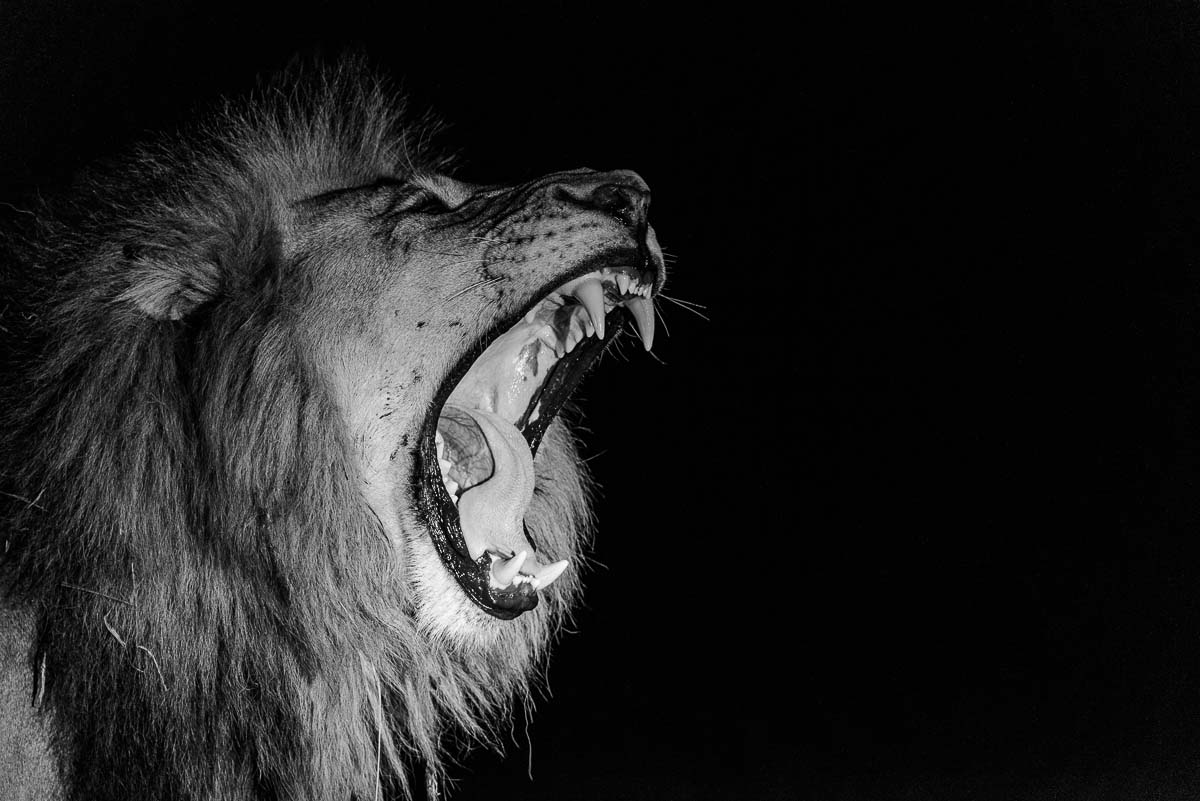
When viewing lions, it’s best to get there after sunset so as to catch them as they wake from their daily naps. It is at this time, just before they get active for the evening, that you are able to capture the famous yawn shots that we love so much.

Pure luck. We were observing the mating behavior between these two lions around mid-morning when they decided to head to a nearby waterhole for a drink. The light was pretty nice considering and they positioned themselves nicely for us too. I produced a panoramic image to create a little more space to it as well.
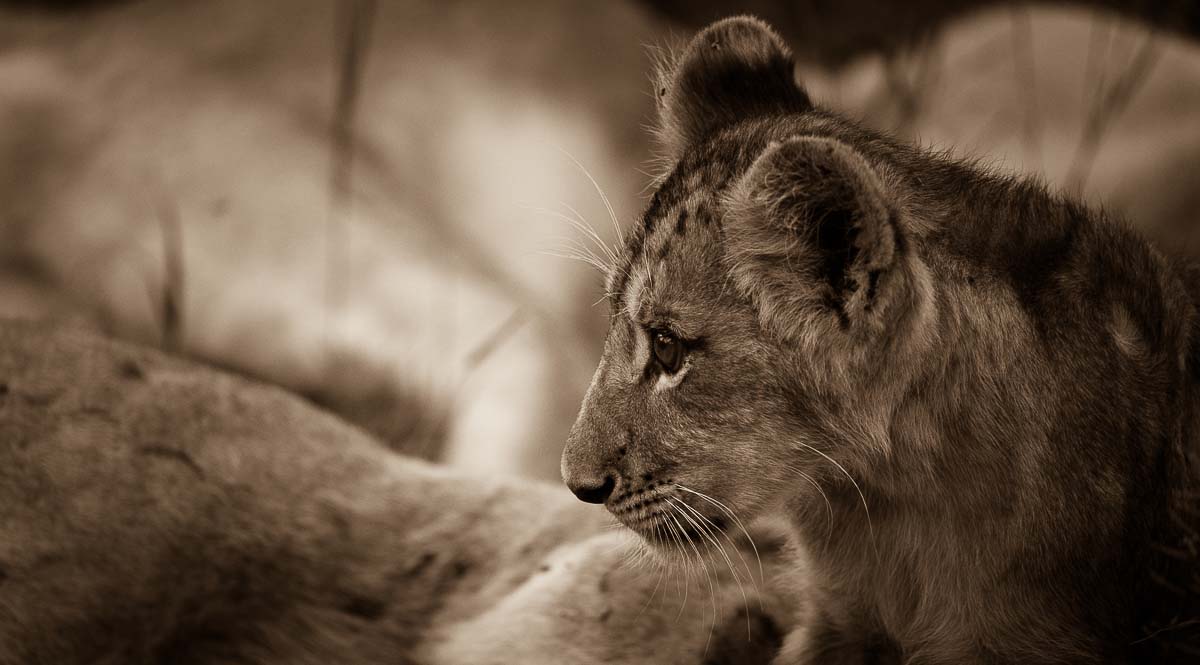
The females were all resting when this image was taken and there wasn’t much in it in terms of a fantastic scene, so I closed in on the subject and used the sleeping females to enhance the background.
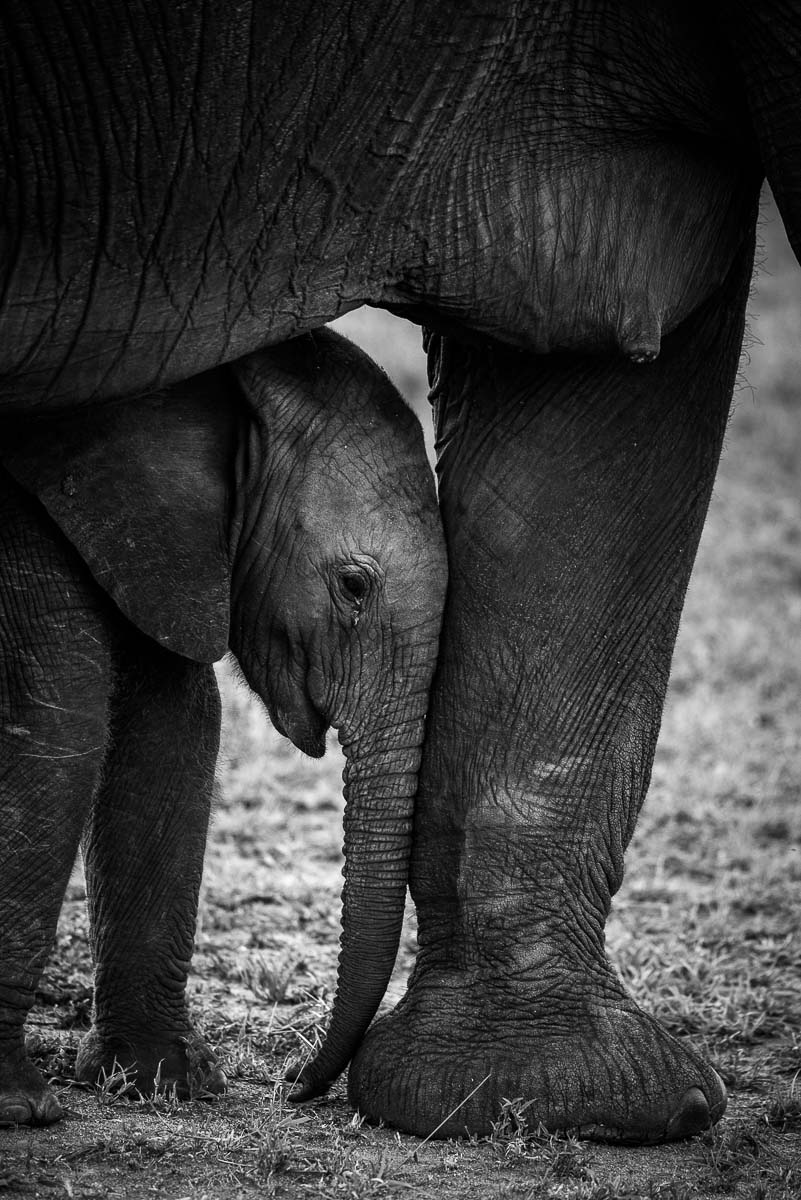
This was an incredibly tender moment that we witnessed between this young elephant calf and its mother. They are such soulful animals and in many ways, very much like humans in their behavior. The elements couldn’t have fallen into place any better in this scenario.

Guineafowls are very busy birds for the most part and quite weary of close vehicle proximity, so getting a photograph of them from one is very challenging indeed. Luckily for me, this particular bird was extremely focused on a small dung midden nearby and as a result, it dropped its guard against us for which I took full advantage.
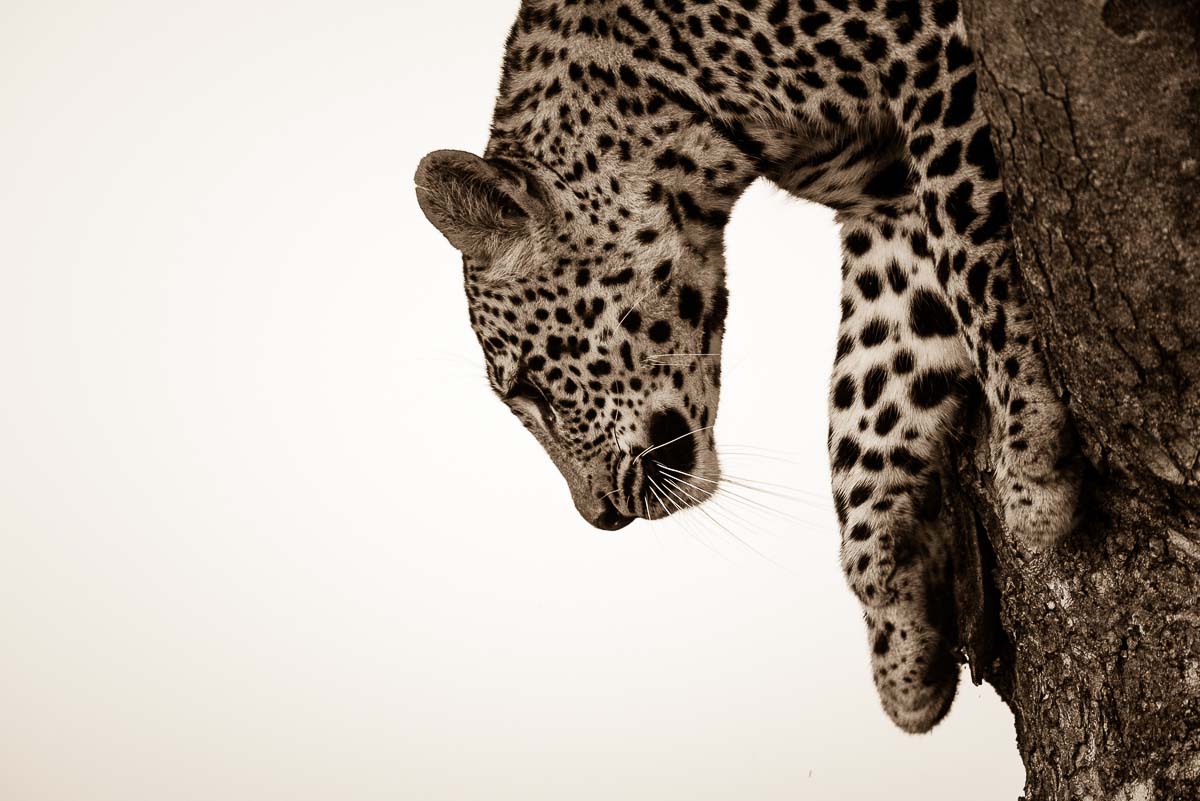
Seeing a leopard in a tree is high up on many people’s wish lists and something incredibly special to see, but once you’ve seen this scores and scores of times, you tend to look for something different to tell the story and ascending, or in this case, descending the tree can provide just that little bit of variation you need.
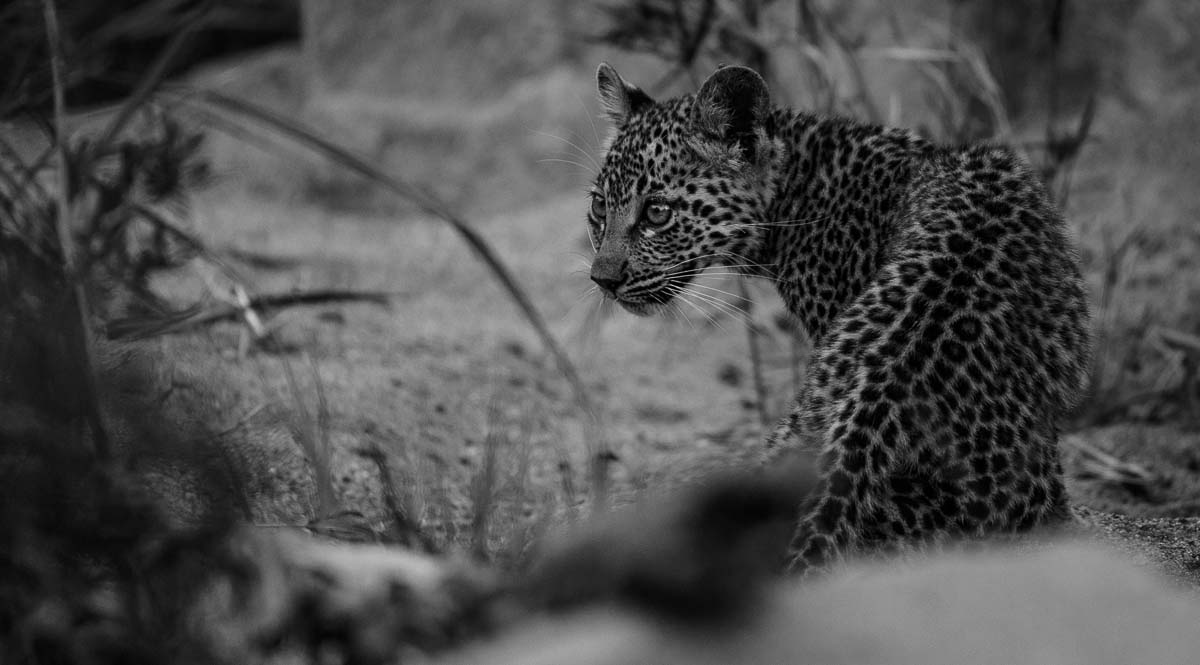
Leopards are secretive by nature and therefore, I quite like capturing them in more of their environment, especially if the view is slightly more obscured. Some might think less of this and perhaps that I was unlucky in the positioning, but this couldn’t be further from the truth. Intention is key.
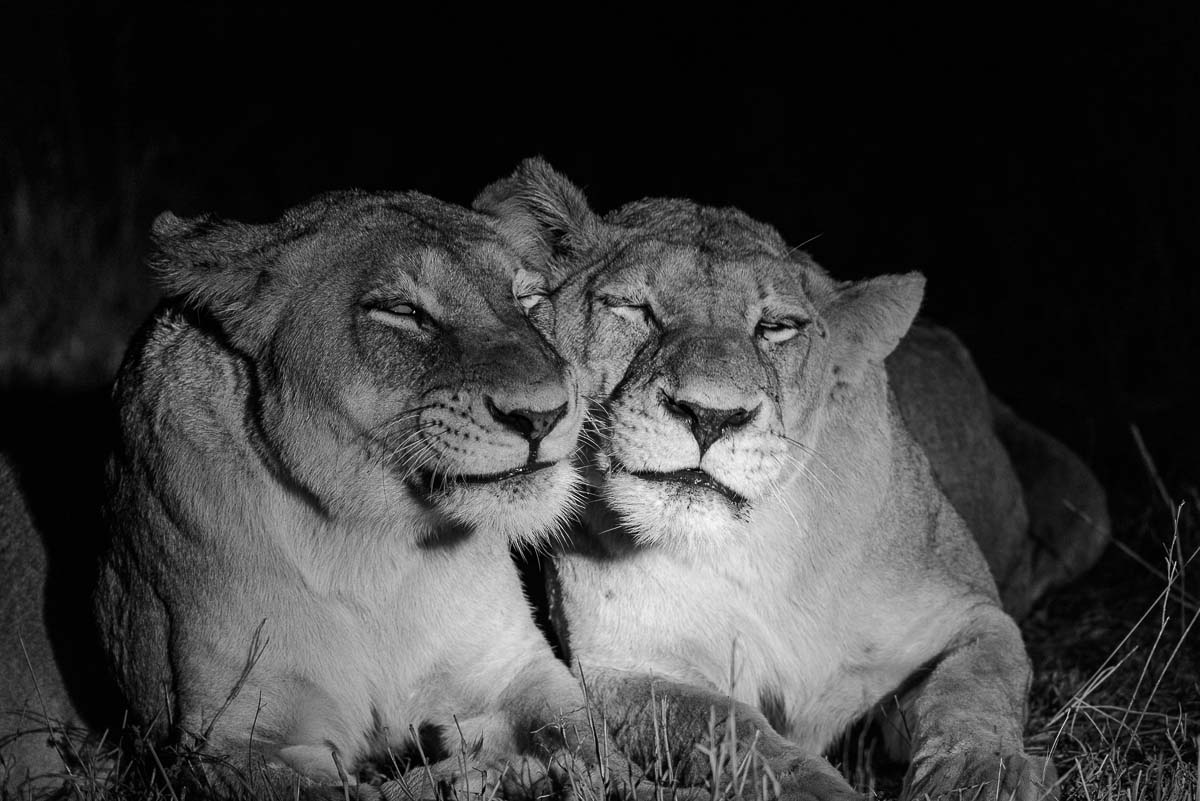
I have already touched on timing when wanting to view lions and this is another reason to follow these guidelines. Often before getting active there is a fair amount of social bonding that takes place between members of the group and this what you want to be prepared for.
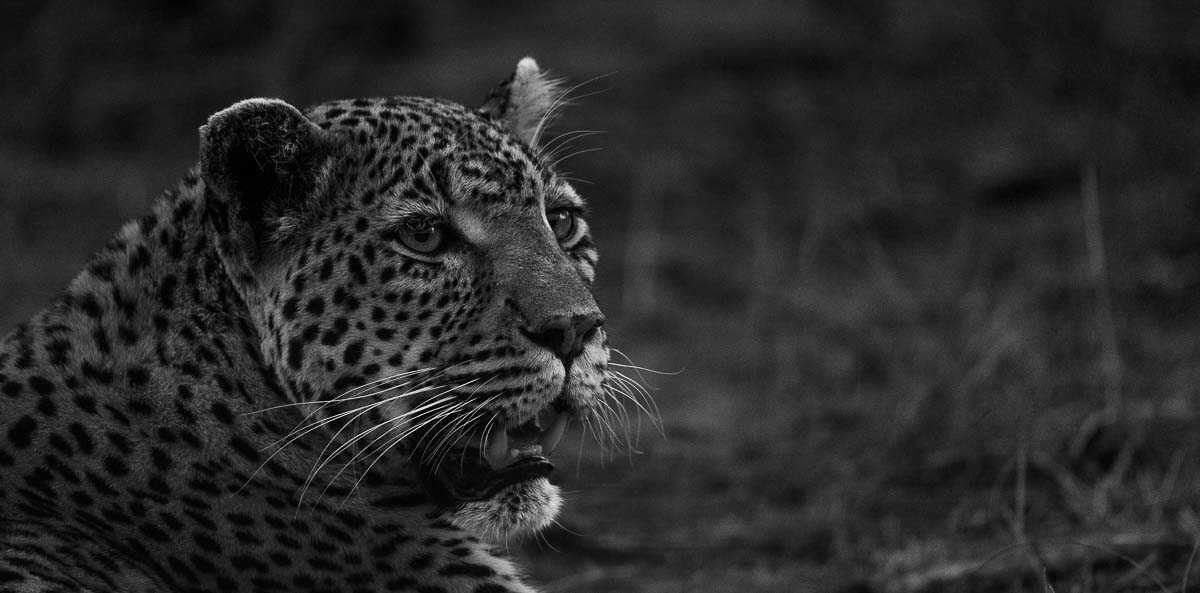
The White Dam female in the last light of day. Soft tones accentuate their features at this time of day, but the application of settings can be tricky due to the slower shutter speeds required to capture them.

Knowing what your subject is doing and where they’re likely to go can be most beneficial when setting up for a shot for a moving target. Anticipating movement here is crucial to getting you and your guests in a prime position to get that head-on photograph. Here, Xovonekela was heading pretty much on road whilst focused on marking territory, so we got up ahead of him to be able to capture this moment.






